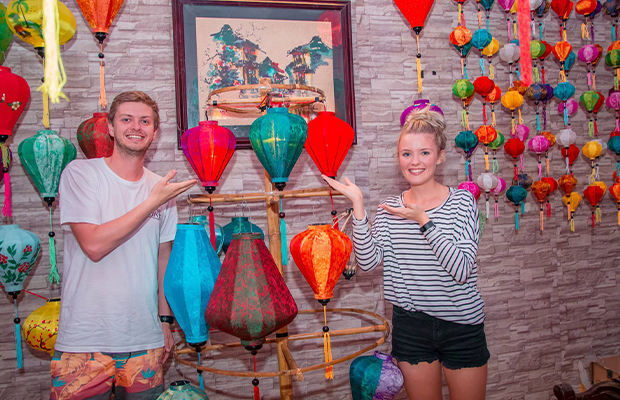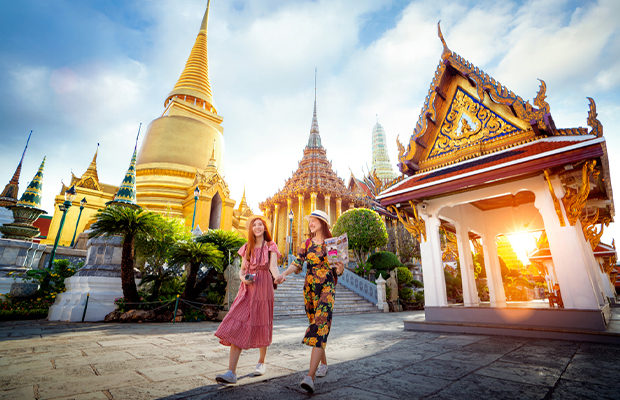Exploring the Timeless Beauty of Cambodian Traditional Clothing
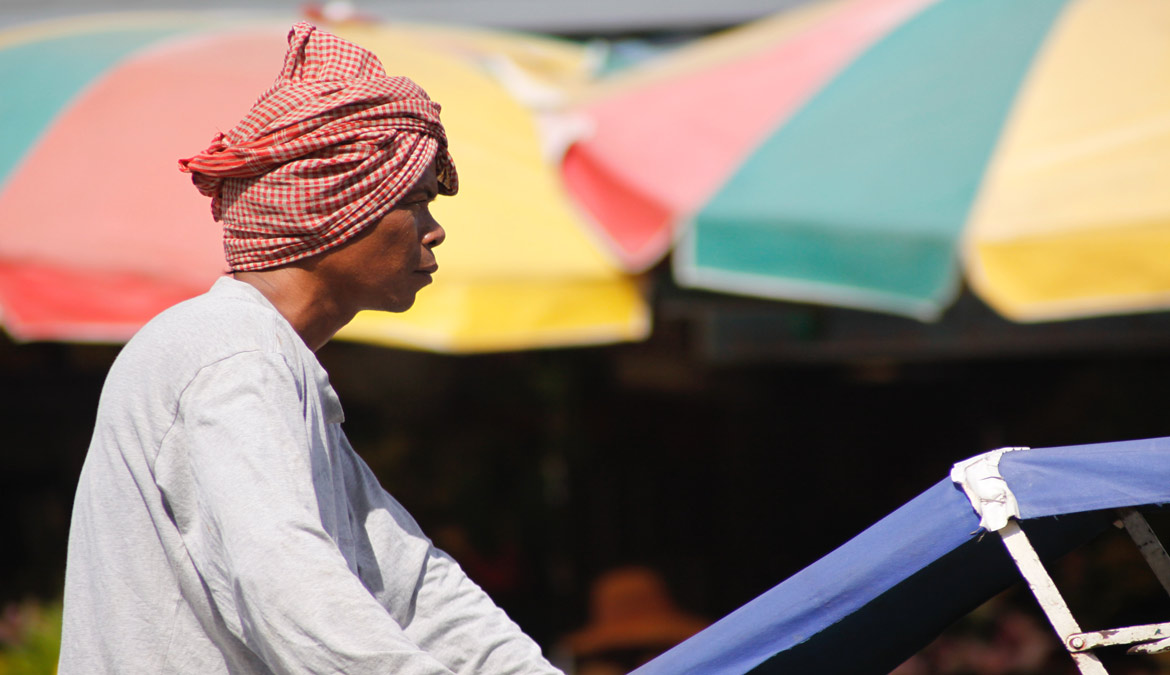
Khmer cycle biker
Can you imagine what people wear during the ancient Khmer ages? Do Cambodian people still wear their traditional clothes in daily life? How can you tell their clothing out of the countries in Southeast Asia?
In this article, we will explore the beauty and significance of Cambodian traditional clothing, taking a journey through its history, types, and techniques.
![]() History of Cambodian traditional clothing
History of Cambodian traditional clothing
![]() Types of Cambodian traditional clothing
Types of Cambodian traditional clothing
History of Cambodian traditional clothing
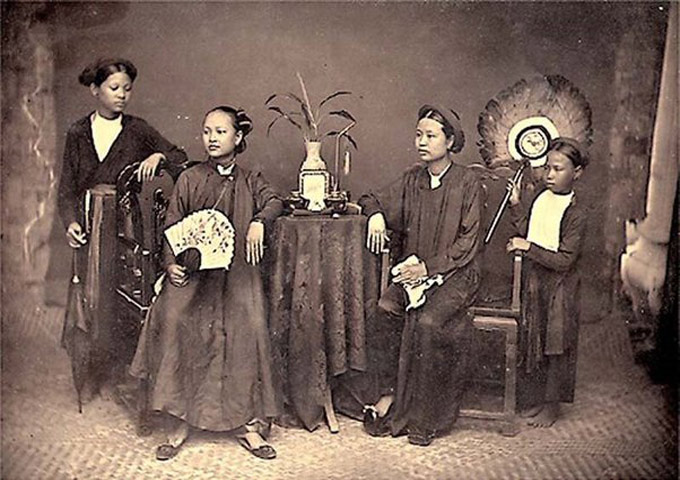
Ancient khmer clothing
The history of Cambodian traditional clothing can be traced back to the ancient Khmer civilization, which dates back to the 9th century. During this time, the Khmer people wore simple, wrap-around garments made of cotton or silk.
Over time, the clothing became more elaborate and intricate, with the introduction of various embroidery techniques, decorative patterns, and bright colors. The traditional dress was also influenced by other cultures, such as China, India, and Thailand.
During the French colonial period in the 19th century, Western-style clothing became more popular among the Cambodian elite, and traditional clothing was less commonly worn. However, traditional dress continued to be worn by rural and working-class people.
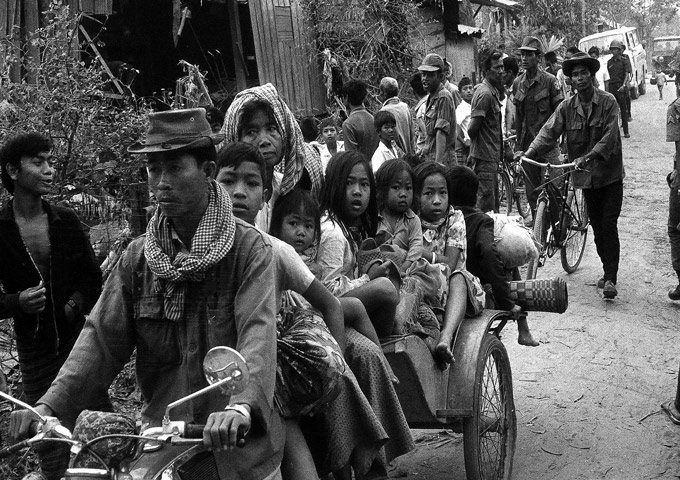
People under the khmer rouge regime
Following Cambodia's independence from France in 1953, there was a renewed interest in preserving Cambodian culture and traditions, including traditional clothing. The Khmer Rouge regime in the 1970s banned traditional dress, among many other cultural practices, but after the regime was overthrown, the wearing of traditional clothing was revived.
Today, Cambodian traditional dress is still worn on special occasions and is an important symbol of Cambodian culture and identity. Efforts are being made to preserve and promote traditional clothing, including through initiatives such as the annual "National Traditional Costume Festival."
Types of Cambodian traditional clothing
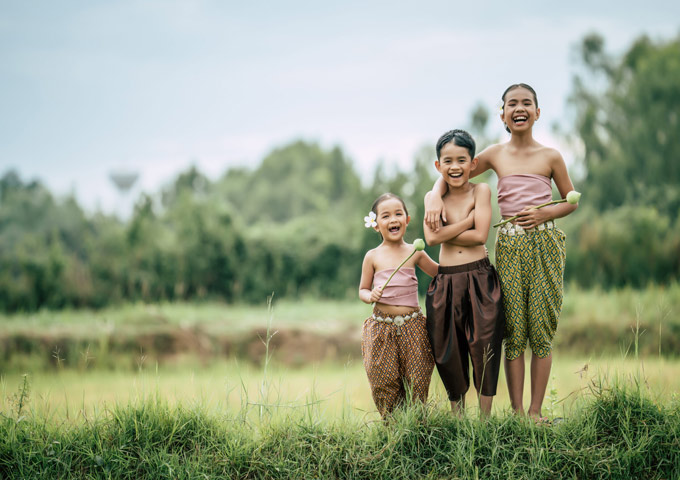
Children wearing kban, a loose-fitting garment
Cambodian traditional clothing is known as the "Khmer traditional dress," and it is an important aspect of Cambodia's cultural heritage.
For men, the traditional outfit is called "Kben", which is a loose-fitting garment similar to a sarong, usually made of cotton or silk, and worn with a shirt. Women's traditional dress is called "Sampot", which is a long skirt that wraps around the waist and drapes down to the ankles.
The Sampot can be worn with a blouse and sometimes a shawl or scarf. The dress is usually made of silk and adorned with intricate embroidery and decorative patterns.
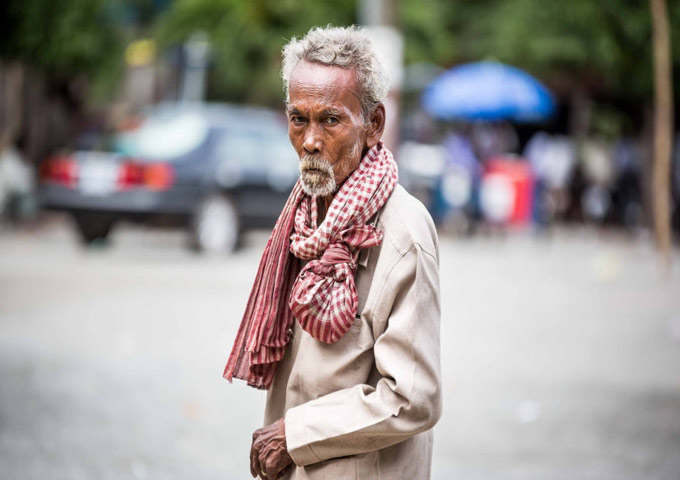
Krama, more than just a scarf
Both men and women often wear a scarf or shawl called "Krama", which is a symbol of Cambodia's national identity. It can be used as a headscarf, face mask, or even a bag.
Traditional Cambodian clothing is still worn for special occasions, such as weddings, religious ceremonies, and festivals. However, due to Western influence and modernization, many Cambodians now wear Western-style clothing in their everyday lives. Nonetheless, traditional dress remains an important part of Cambodian culture and identity.
Materials and techniques
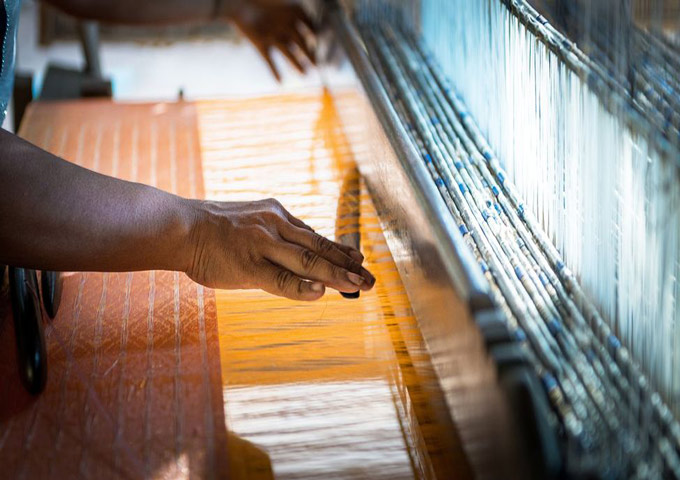
Silk weaving, Cambodia
Cambodian traditional clothing is made using a variety of materials and techniques, which have evolved over time. The following are some of the materials and techniques commonly used in the creation of Cambodian traditional clothing:
Silk: Silk is a luxurious and durable material that has been used in Cambodian traditional clothing for centuries. It is lightweight, breathable, and drapes beautifully, making it ideal for creating the flowing lines of traditional dresses.
Cotton: Cotton is another popular material used in Cambodian traditional clothing, especially for men's clothing. It is comfortable, durable, and easy to work with, making it ideal for the loose-fitting "Kben" garment.
Embroidery: Embroidery is a decorative technique that involves stitching designs onto fabric using colored thread. Intricate embroidery is a hallmark of Cambodian traditional clothing, and designs can include floral patterns, geometric shapes, and scenes from Khmer mythology.
Ikat: Ikat is a dyeing technique used to create intricate patterns in fabric. The threads are dyed before they are woven, resulting in a fabric with a unique, textured appearance. Ikat is often used in Cambodian traditional clothing, especially for the "Sampot" skirt.
Batik: Batik is another dyeing technique used in Cambodian traditional clothing, which involves applying wax to the fabric before dyeing it. The wax resists the dye, creating a pattern. Batik is often used to create the intricate designs on "Krama" scarves.
Overall, Cambodian traditional clothing is characterized by its use of natural materials, intricate embroidery, and bold colors and patterns. These techniques and materials have been passed down through generations and continue to be used in the creation of traditional clothing today.
Current status and revival efforts
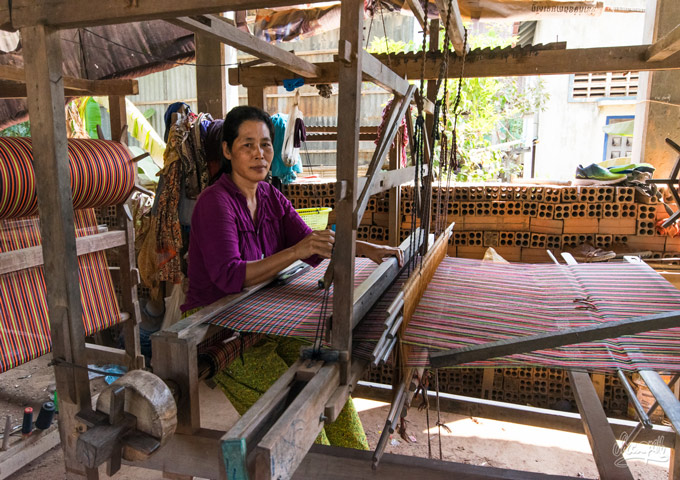
Portrait of an artisan
In recent years, there has been a renewed interest in Cambodian traditional clothing, and efforts are underway to preserve and revive this important aspect of Cambodian culture. Here are some of the current status and revival efforts of Cambodian traditional clothes:
Increased awareness: There is a growing awareness among Cambodians, particularly young people, about the importance of traditional clothing in their cultural heritage. Many young people are actively seeking to learn more about traditional dress and are incorporating it into their daily lives.
Fashion shows and festivals: Fashion shows and festivals featuring traditional clothing have become increasingly popular in Cambodia, providing a platform for designers and artisans to showcase their work and raise awareness about traditional dress.
Promotion of traditional crafts: Various organizations in Cambodia are promoting traditional crafts, including weaving and embroidery, to help support local artisans and ensure that these skills are passed down to future generations.
Government support: The Cambodian government has recognized the importance of traditional clothing in the country's cultural heritage and has provided support for initiatives aimed at preserving and promoting traditional dress.
Tourism: The tourism industry in Cambodia is also helping to raise awareness about traditional clothing. Many tourists are interested in learning more about traditional dress and seek out opportunities to see or purchase traditional garments.
In conclusion, while Western-style clothing has become increasingly popular in Cambodia, there is a growing appreciation for traditional dress, and efforts are underway to preserve and promote this important aspect of Cambodian culture.
Recommended activities
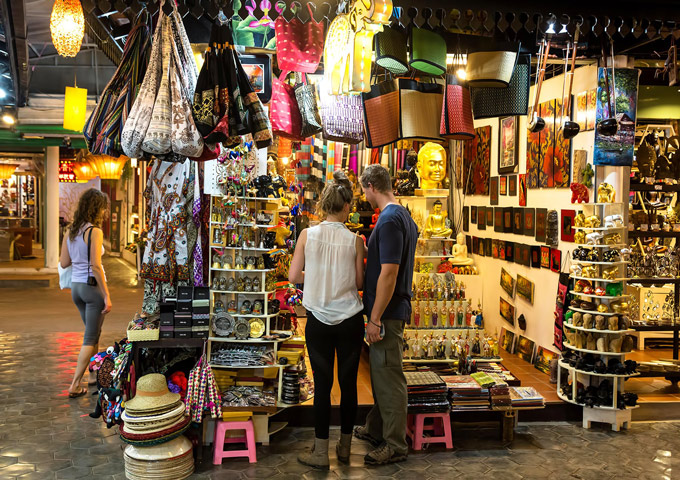
Old market in Siem Reap
If you want to experience the Cambodian traditional clothing culture, there are several activities that you can do, including:
Visit a traditional market: Visit a local market, such as the Phsar Chas (Old Market) in Siem Reap, to see traditional clothing being sold and worn by locals. You can even try on and purchase your own traditional clothing.
Attend a traditional dance performance: Traditional dance performances, such as the Apsara dance, often feature performers dressed in traditional clothing. These performances provide a great opportunity to see traditional clothing in action.
Visit a silk farm: Many silk farms, such as the Angkor Silk Farm in Siem Reap, offer tours that show how silk is produced and turned into traditional clothing. You can also purchase traditional clothing made from locally produced silk.
Participate in a traditional wedding ceremony: Cambodian weddings often feature traditional clothing, and attending a wedding is a great way to experience the culture and see traditional clothing in use.
Visit a museum: Museums, such as the National Museum of Cambodia in Phnom Penh, have displays of traditional clothing and other cultural artifacts that provide insight into Cambodian culture and history.
By participating in these activities, you can learn more about Cambodian traditional clothing, its history, and its significance in Cambodian culture.
Conclusion
Cambodian traditional clothing is a symbol of the country's rich cultural heritage, reflecting centuries of history and tradition. Its beauty and significance lie in the intricate weaving and dyeing techniques, as well as the symbolism behind each color and pattern.
Through the efforts of various initiatives, Cambodian traditional clothing will continue to be an essential part of the country's identity, preserving its culture for future generations.
More Related Travel Planning Articles
Most Popular Cambodia Tour Packages
-
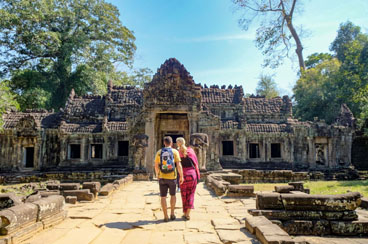 3 Days Siem Reap Temple Tour
3 Days Siem Reap Temple TourSiem Reap
The 3 day Cambodia tour will take you to Siem Reap, the gateway to Angkor temple complex. You will spend a full day to explo ...
-
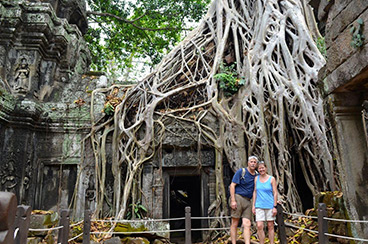 5 Days Cambodia Tour to Siem Reap and Phnom Penh
5 Days Cambodia Tour to Siem Reap and Phnom PenhSiem Reap - Phnom Penh
This 5 days Cambodia tour includes the best of the Siem Reap and the highlights of Phnom Penh. Siem Reap is the gateway ...
-
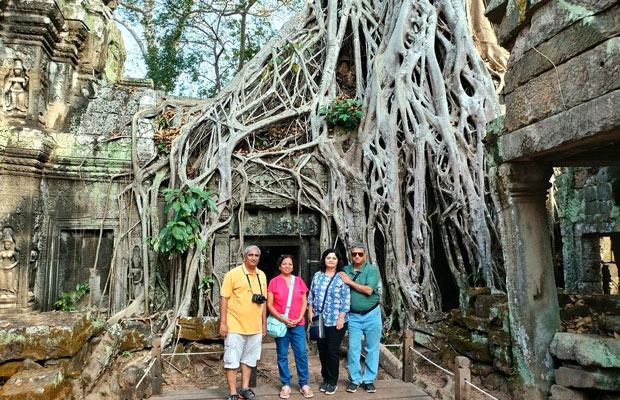
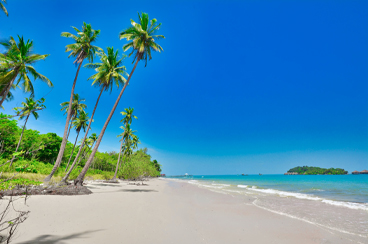 7 Days Cambodia Mysteries Discovery Tour with Beach Relaxing
7 Days Cambodia Mysteries Discovery Tour with Beach RelaxingSiem Reap - Koh Rong Island
Take this 7-day adventure in Cambodia! Discover the mysteries of Siem Reap's ancient temples and relax on the paradise island ...
-
 9 Days Classic Cambodia Tour
9 Days Classic Cambodia TourSiem Reap - Sihanoukville - Koh Rong Island - Phnom Penh
This is a classic Cambodia tour that takes 9 days and follows a routine itinerary starting from Siem Reap to Sihanoukville ...
-
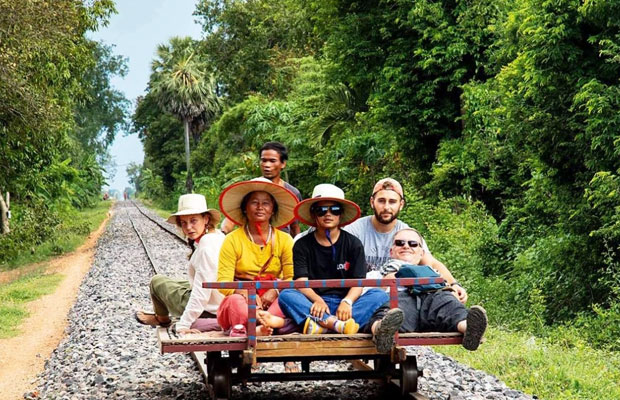
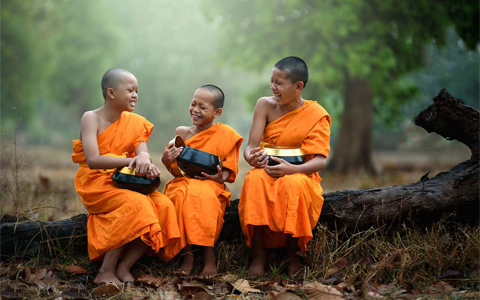 10 Days Cambodian Panoramic Overland Tour
10 Days Cambodian Panoramic Overland TourSiem Reap - Battambang - Phnom Penh - Sihanoukville - Koh Rong Island
Explore Cambodia's beauty in just 10 days with this exciting itinerary. Start in Siem Reap, home to the stunning Angkor templ ...
-
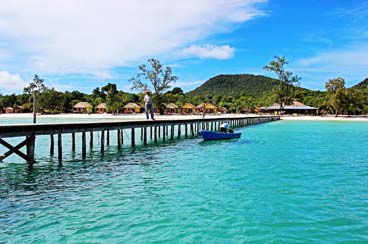 14 Days Cambodia Road Tour to Sihanoukville
14 Days Cambodia Road Tour to SihanoukvilleSiem Reap - Phnom Penh - Kampot - Sihanoukville
During the 14 days Cambodia road tour to Sihanoukville, you will fully explore Siem Reap, Phnom Penh and Kampot and enjo ...
-
 15 Days Cambodia Historical Tour with Beach Relax
15 Days Cambodia Historical Tour with Beach RelaxSiem Reap - Battambang - Phnom Penh - Kampot - Sihanoukville
This 15 days Cambodia historical tour will take you to explore the marvelous Angkor temple complex hidden in the jungle and ...
-
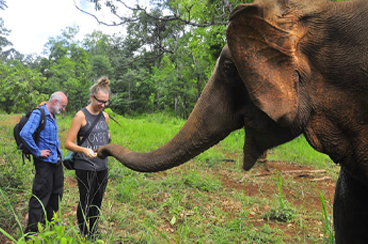 17 Days In-depth Cambodia Tour with Animal Encounters
17 Days In-depth Cambodia Tour with Animal EncountersPhnom Penh - Kampong Cham - Kratie - Mondulkiri - Siem Reap - Sihanoukville
Enjoy a deep exploration of Cambodia in this 17-day tour, including jungle temple adventure, forest trekking, encounters ...
Ask Us A Question For Free

.gif)

.jpg)
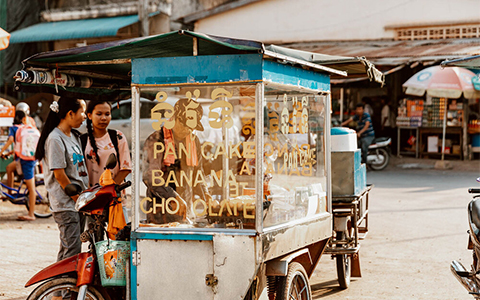
.jpg)

.jpg)
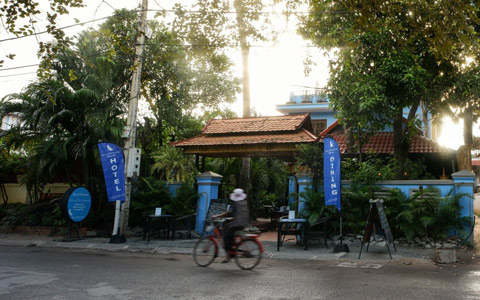
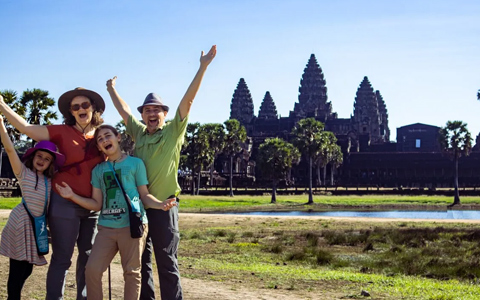
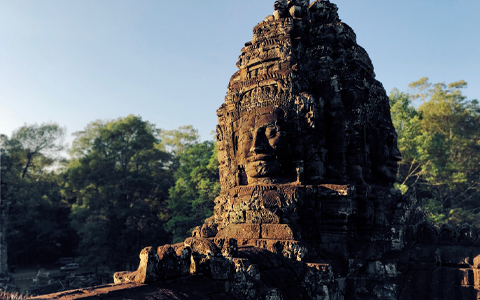
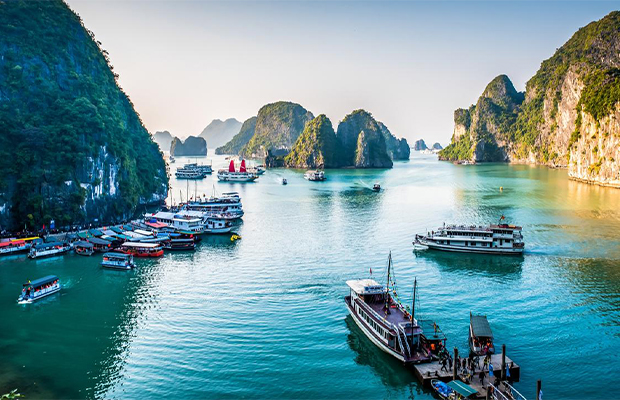
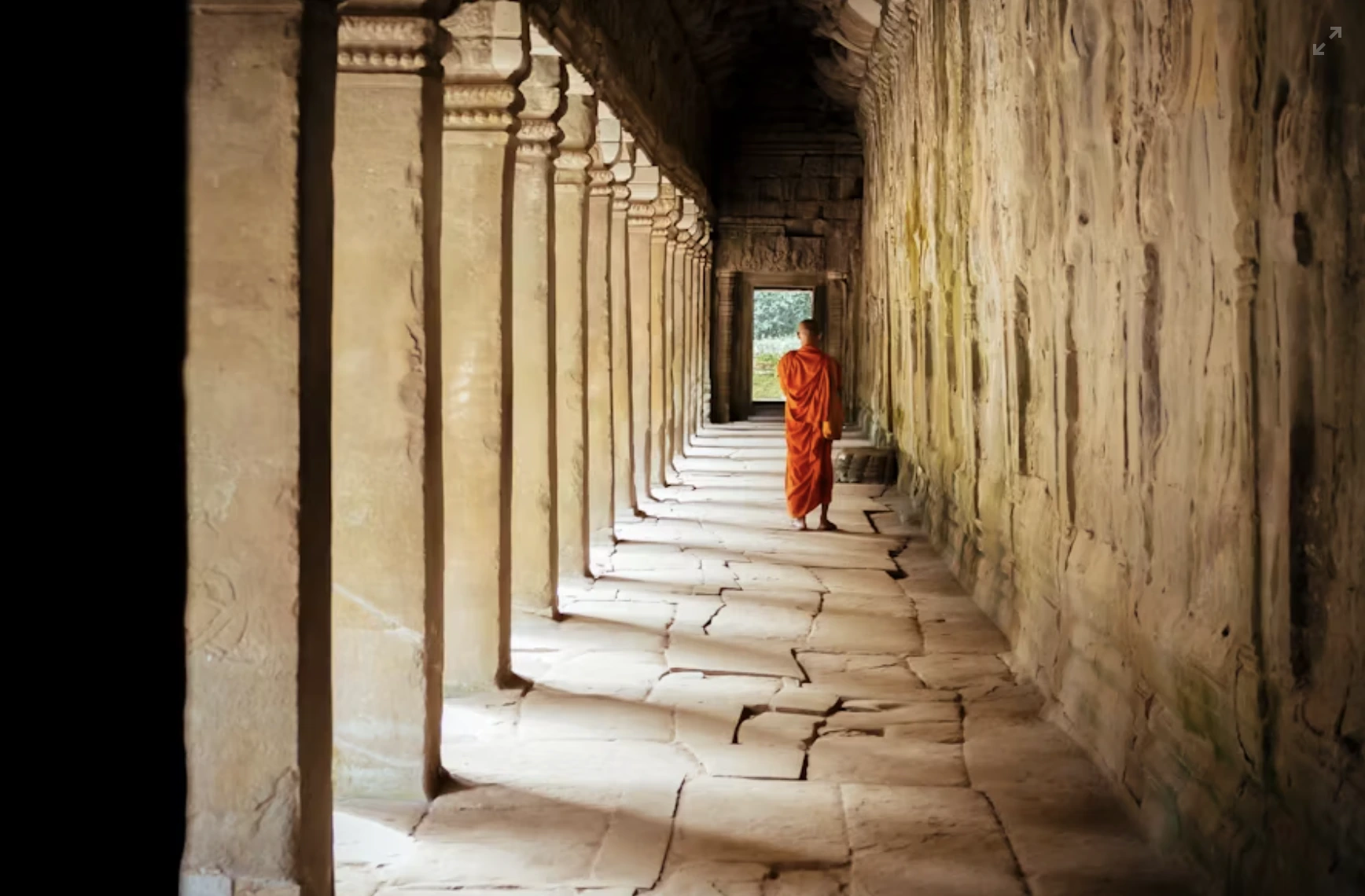
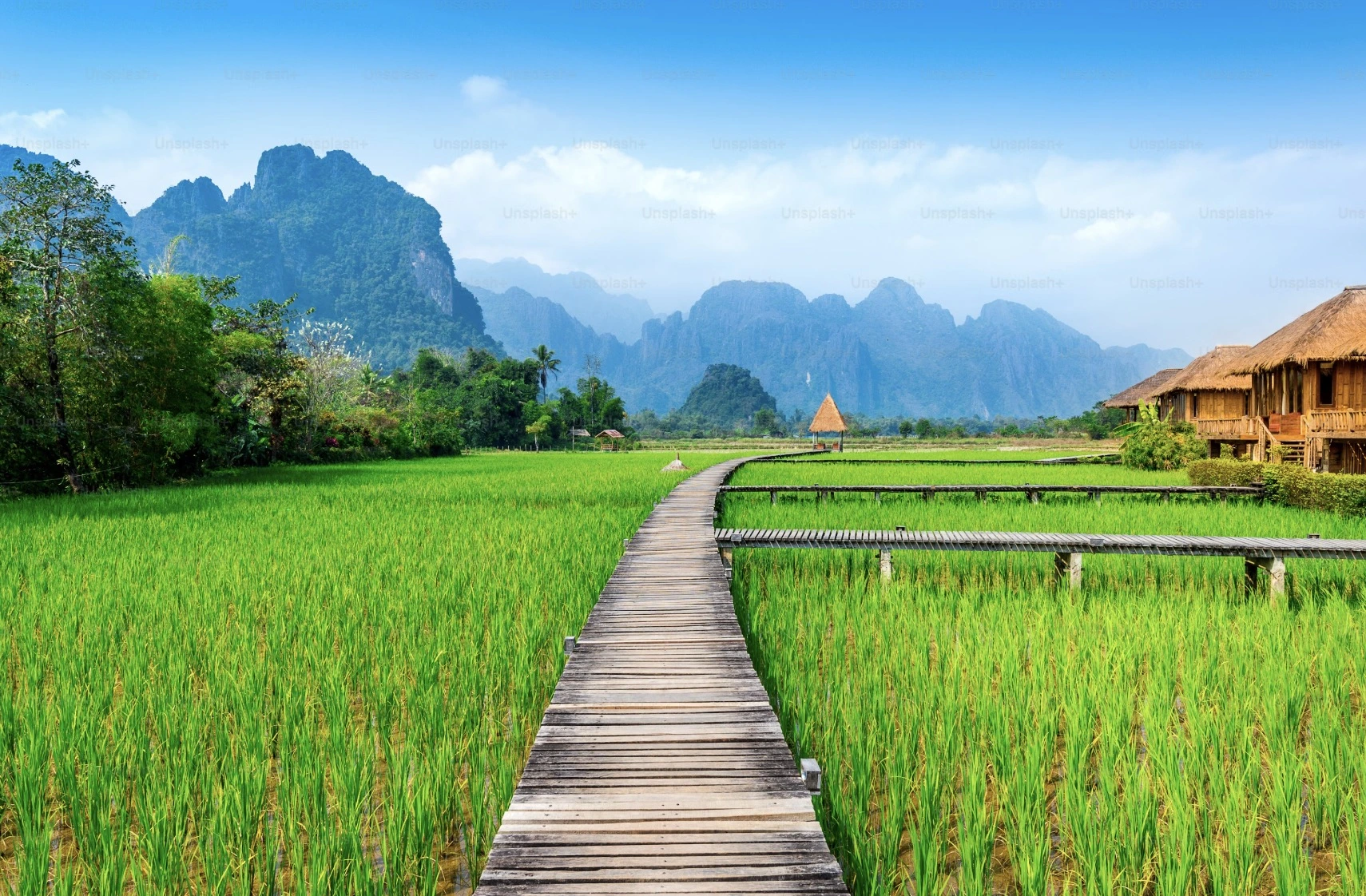
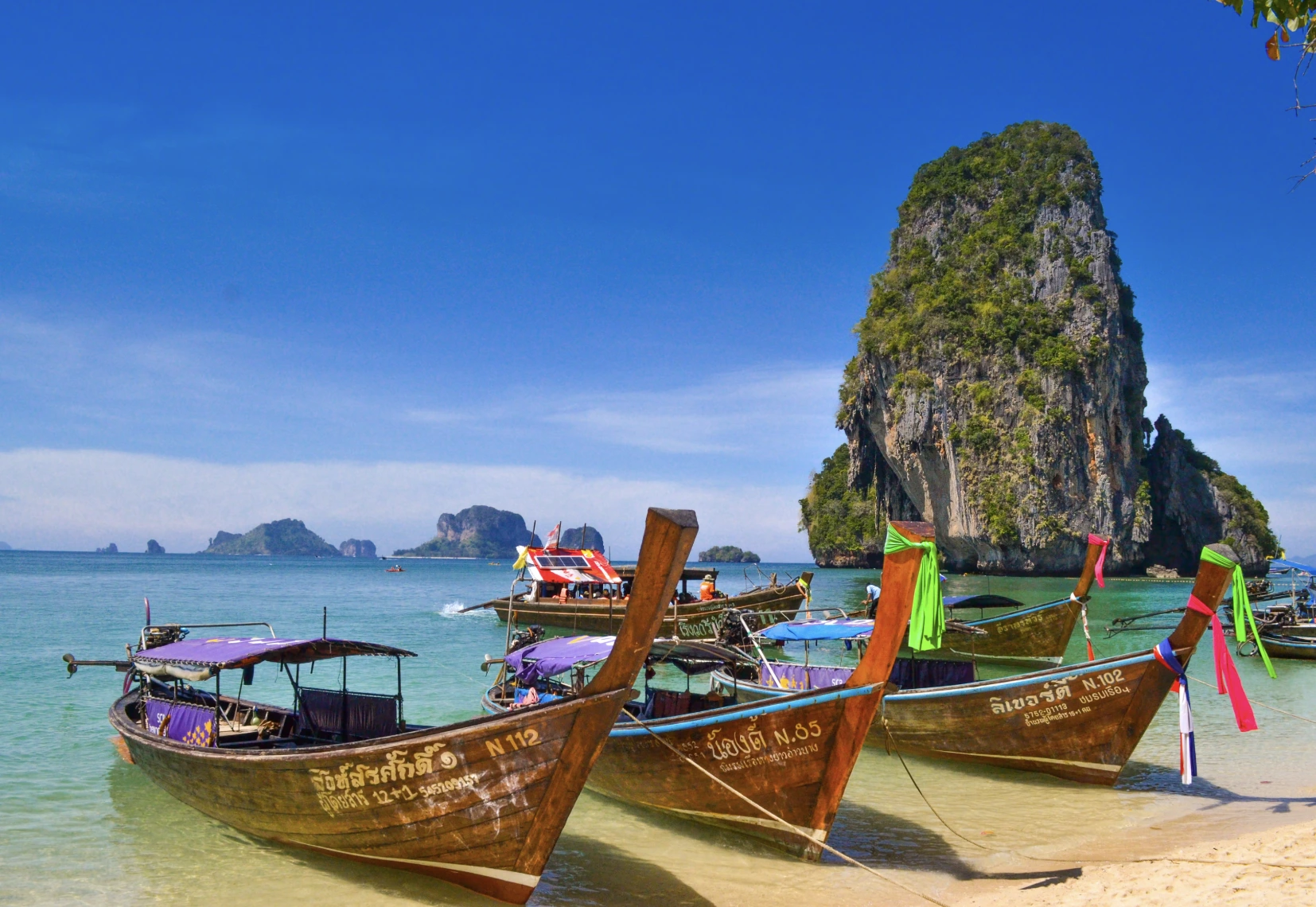
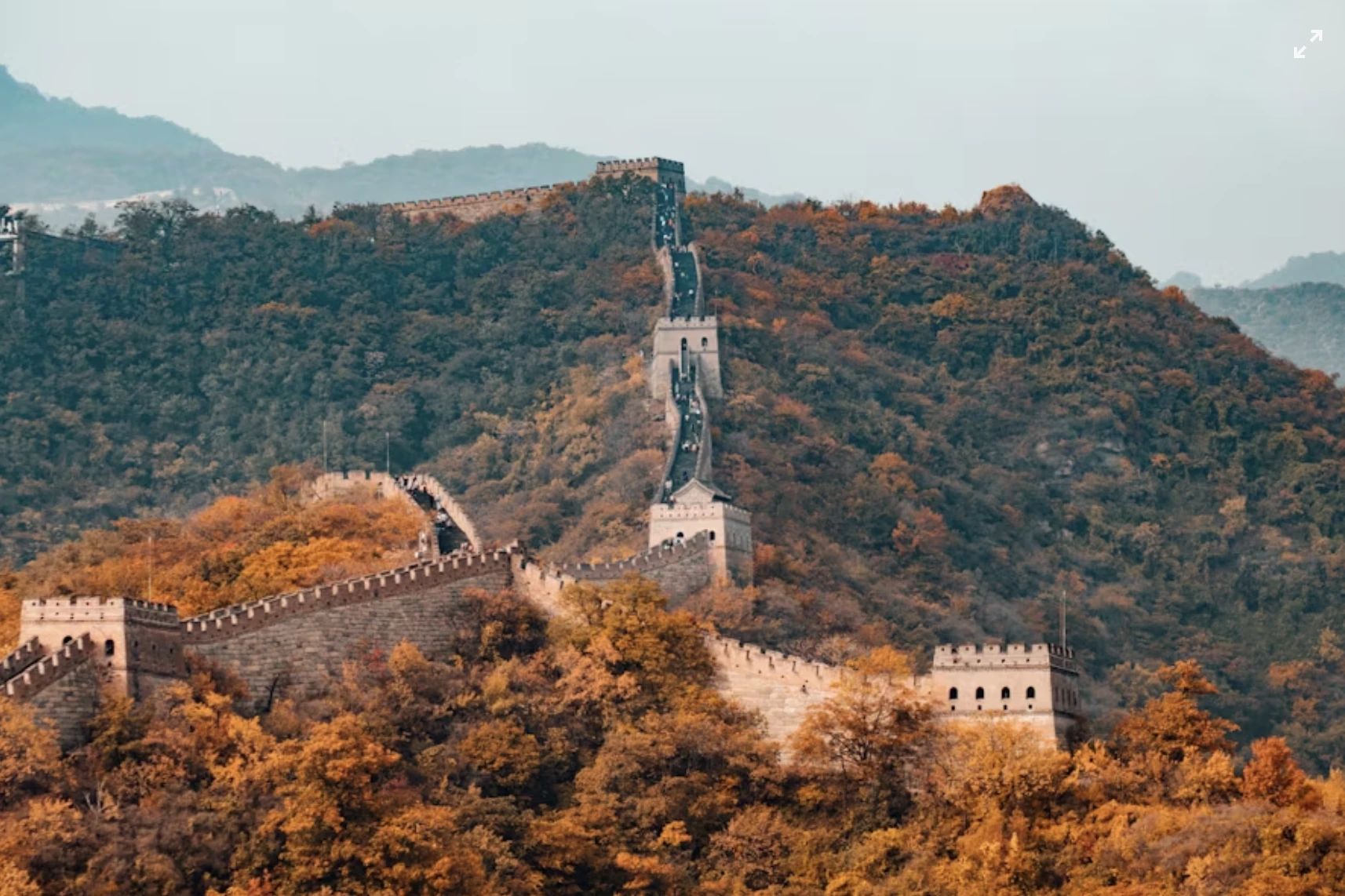


















.jpg)
